Are you connecting with your current customers?
Sure, you may use some marketing campaigns and promotions to focus on your existing customer base – but is that enough?
You need to learn the basic concepts of relationship marketing and implement that strategy within your business.
The idea behind relationship marketing is to create customer loyalty.
You want to develop engagement and long-term relationships with your current customers.
It’s a big picture marketing idea.
This method differs from your short-term goals, such as single sales or customer-acquisition cost.
Don’t get me wrong – individual sales and customer acquisition are both vital to growing and sustaining your business.
But you need to focus on customer retention with just as much energy and drive.
For retail companies, customer retention was identified as the highest driving factor for revenue according to a KPMG survey.
Customer acquisition was a close second.
There is a huge difference between these two driving revenue factors.
What is it? Cost.
What do I mean by this?
Well for starters, it’s easier to sell to your existing customers.
They are already walking through your doors and visiting your website.
It’s also much less expensive to sell to your current customer base.
Let’s look at the difference between retention cost and acquisition costs.
Your existing customers are already comfortable with your company and your products or services.
Sure, you need to spend the money initially to acquire them – but then it’s inexpensive to keep these customers coming back for more.
How do you keep them?
Use relationship marketing.
Ultimately, relationship marketing can help lower your customer acquisition cost.
If your existing customers love you, they will promote your business through word of mouth.
Basically, it turns into free advertising for you.
All of this insight stems back to relationship marketing.
I’ll show you how to effectively use relationship marketing to connect with your current customers.
Use personalization to your advantage
Being personable with your customers can go a long way toward building positive relationships with them.
It’s a key attribute for top relationship marketers because it stimulates an emotional response.
Let’s dissect some of the most important numbers from this graphic.
Essentially, buyers who do not see a personal value will not pay a higher price for a product or service.
On the flip side, consumers who see a personal value are much more willing to pay higher prices.
So what can you do with this information?
You can charge more money if your clientele consists of a long-term customer base who you’ve developed a personal relationship with.
Emotional connections also establish customers that are more engaged.
The connection increases the value of your customers.
According to a study by the Harvard Business Review, customers who are fully connected are 52% more valuable than highly satisfied customers.
That’s right.
You can have a customer who is considered “highly satisfied” and they are still not as valuable as the people you’ve developed a personal connection with.
Personal connections also give your company a competitive advantage.
Use some of my competitor analysis tools to give your business an edge.
The way you make your customers feel is important.
If they feel emotionally connected to your brand, they will shop at your business instead of the competition.
Relationship marketing can help you establish brand loyalty.
Based on these numbers, it’s clear that engagement leads to consumer loyalty.
Loyal customers have a greater chance of spending more money each visit and will shop more frequently than other customers.
Implementing a loyalty rewards program is a great relationship-marketing strategy that you can consider for your business.
It encourages your customers to do two important things that we just discussed.
- Buy more frequently.
- Spend more during each transaction.
If you don’t have a program that encourages this, don’t worry – it’s not too late to set it up.
You can use mobile applications to keep your customers engaged and coming back.
I’ll show you how to set one up.
Here’s a step-by-step guide to creating a loyalty rewards program.
Step #1: Choose a platform like Belly.
Once you get to their website, you need to fill in some information to sign up for their services.
It’s a quick process, and they use this info to create an account for you.
Once you create an account, you can start managing your loyalty rewards program.
Belly is just one of many options for this service.
Based on your specific needs and personal preferences you can also try:
Some of these are more industry specific.
For example, if you have an e-commerce business, you may lean towards Rezoop, while Upserve may be a better option if you’re in the restaurant industry.
Step #2: Choose your membership.
Based on the size and structure of your company, Belly gives you different membership options.
There are two different payment structures for small businesses.
For large enterprises, Belly offers customized options and pricing plans.
Just contact their sales department for details.
Step #3: Select your industry.
One of the reason’s Belly is a great choice is that they can tailor their services to the needs of businesses across different industries.
Select your industry to continue on their platform.
Step #4: Create a custom loyalty program.
Select which types of programs you want to use for your customers.
There are different options.
You can translate their dollars spent into loyalty rewards points that they can redeem toward future purchases.
Alternatively, you can set up a “punches” system where the customer earns rewards based on how often they visit your business.
You also have the option to set up discounts based on their purchase history or rewards based on specific items that they have purchased.
Step #5: Configure the specifics.
Once you select how you’re going to reward your loyal customers, you need to input the exact numbers that you want to use.
Let’s look at the example above.
We decided to reward our customers with a loyalty points system.
Customers will get one point for every dollar spent.
However, they only get points if their purchase amount is at least $10.
Customers who spend less than $10 each visit won’t get any points.
This encourages your customers to spend more money.
We’ve already established that your loyal customers are willing to spend more, so this parameter shouldn’t be a problem.
Step #6: Create special incentives.
If you’re using a points system, you can create added incentives to get your customers in the door and encourage them to spend more money.
In the example above, we created a special promotion that lasts 48 hours.
Customers will get a notification that if they shop during that 48-hour period, they will get extra points.
It’s a win-win situation for everyone.
You get more money from your loyal customers.
Your loyal customers get more rewards.
Step #7: Analyze the data.
Belly, like other platforms, will track all of your customers’ habits.
The analytics will help you determine how successful each strategy is.
See what your customers respond the most to.
Do they like points? Are there certain days when special events have a higher success rate? How much do customers spend each visit?
You can find all of this information directly on the platform from each campaign.
It’s a great tool to help you become a successful relationship marketer.
What else can you do besides create a loyalty rewards program to establish long-term customers?
Use the philosophy, vision, and mission of your company to your advantage.
Do you remember what we said earlier?
You want to use your customers’ emotions to develop a personal relationship.
Let’s look at a company like TOMS.
TOMS creates a personal relationship with their customers by connecting with those who are charitable.
For each pair of shoes purchased through their website, they donate a pair of shoes to someone in need.
It’s a simple concept, but it’s a powerful relationship marketing strategy.
TOMS develops a loyal relationship with their customers through a common philosophy.
I’m not saying that your business needs to donate to charity (although it’s effective and encouraged).
I’m just saying that it’s one of the many ways you can connect with your customers on a personal and emotional level to establish brand loyalty.
Learn how to effectively communicate
Do you actively communicate with your customers?
If you’re not sure, then the answer is probably no.
That’s OK – for now.
But it needs to change immediately.
In order to communicate with your customers, you need to actively listen to what they’re telling you.
Read your online reviews and suggestions.
Take advantage of customer surveys and interviews.
Let’s take a look at the customer communication lifecycle.
The graph displays how there are different paths that a new customer can take.
They can become a known customer, an inactive customer, or potentially even a lost customer (which we obviously want to avoid).
68% of customers leave a business because they are discouraged by the attitude of the customer service provider.
Poor customer service can be the downfall of your business.
Just because a customer is loyal and has been shopping at your company for several years doesn’t mean that bad customer service won’t turn them away.
That’s all it takes. One bad experience and the customer is gone.
You need to emphasize customer service to everyone on your staff.
Make sure you listen carefully and don’t interrupt the customer when they are speaking.
Don’t use negative statements when you’re trying to solve a problem.
What do I mean by this? Let’s look at an example.
- “I can’t give you a refund for your order.”
- “I can give you credit toward your next purchase.”
Which one of these is your customer going to positively respond to?
Obviously, they would rather hear the second option.
The first statement may be true, but you can find another way to say it with a positive attitude.
Be conscious of your communication methods.
It’s not only about what you say, but how you say it.
- Don’t cross your arms while the customer is speaking to you. It comes off as defensive.
- Keep your hands out of your pockets as well – it’s too relaxed and uninterested.
- Smile.
- Mirror your customer’s emotions to establish a rapport with them.
- Avoid using industry terminology that your customer may not understand.
- Speak to them using simple words that they can comprehend.
- If you’re talking to your customers on an online platform, make sure you use proper grammar.
- Don’t use texting slang or shortcuts.
- Type in full sentences and address their needs professionally.
With that said, some customers still prefer to talk on the phone.
If your customers can’t find what they’re looking for online, they are going to pick up the phone and call you.
Since your customer can’t see you, your tone is even more important now than it was before.
Limit distractions and background noise.
When you’re taking a phone call, make sure you’re in a private and quiet area where you can devote your full attention to the conversation.
How else can you use relationship marketing to communicate with your customers?
Leverage email campaigns
You can even get more traffic on your website through your email signature.
If you’re not emailing your customers, you need to start right away.
Start by selecting a platform.
For this example, I’ll use Constant Contact.
Here’s a step-by-step guide to emailing your customers.
Step #1: Choose a template.
Once you create an account, navigate to “Create” and then click “Send an Email.”
From here, you can select an existing template or customize your own.
You also have the option to do both of these things and customize one of the existing templates.
Step #2: Edit your campaign.
Constant Contact’s platform is fully customizable.
Take advantage of the different color schemes that coordinate with your company’s logo.
You can also add images to your message and change the font in your emails.
Make sure that each word of your email adds value to your message.
Remember – we’re trying to establish a personal relationship with each customer.
So don’t just send mass emails using general terms.
Speak to your customer directly.
Use your personal email address for the sender field. It shows your customers that you’re human, which helps build a relationship.
Step #3: Add contacts to your message.
You should segment your customers in different contact lists.
Every email should not be sent to every customer.
Here’s how you can create personal relationships through effective communication.
For example, keep your e-commerce customers, in-store customers, and delivery customers on three separate lists.
The information you send to one of these lists may not be relevant to another.
You can even create certain lists for your VIP customers who are the most loyal to your brand.
Step #4: Schedule and send the message.
Constant Contact gives you the option to send your email instantly or schedule it for a specific date and time in the future.
Not sure when you should send your email?
No problem.
I have a guide that explains the best days and times to schedule emails.
I can also teach you how to grow your email list fast.
Besides email, there are other ways you can effectively communicate with your customers as part of your relationship marketing strategy.
Use social media
Your customers are on social media, and your company should be, as well.
At the very least, your business should have a presence on:
Use these platforms to establish a relationship with your customers.
Your customers will follow you on social media if you give them a reason to.
Make sure your social media pages are doing all of the things on this list.
You also need to make sure your social media is active.
If you’re not posting frequently, your audience may forget about you.
Social media platforms are a great way to remind customers about your business each day.
Make sure your posts are engaging and offer the customers what they want.
Use pictures.
On Twitter, tweets with photos get 3 times more engagement than tweets without pictures.
Pictures also take up a larger portion of the screen, which attracts more attention.
This concept is especially important for mobile users.
Photos take up nearly the entire screen on a smartphone.
Furthermore, social media has become dominated by mobile applications.
Ultimately, you can utilize social media to communicate effectively with your customers.
This communication is a key factor for your relationship marketing campaign.
Conclusion
Relationship marketing focuses on long-term goals as opposed to short-term goals.
Your short-term goals may consist of individual sales or customer acquisition rates.
You can use relationship marketing to maintain your existing customers.
As we outlined earlier, it’s much less expensive to sell to your current customers than to find new customers.
To establish a meaningful and long-term relationship with your customers, you need to add a personal touch to your marketing efforts.
You can follow the step-by-step guide that we discussed to create a loyalty rewards program for your long-term customer retention strategy.
Loyalty programs prove to be an effective strategy across the globe.
Effective communication is also an essential component to relationship marketing.
Listen to your customers. They’ll let you know what you’re doing right and what needs improvement.
Use email campaigns to communicate with your customers.
You can also take advantage of social media platforms to reach your loyal customers on a daily basis.
Remember – be personal and communicate. Both of these tips will help you retain customers over time.
Loyal customers give you free advertising through word of mouth.
They also shop more frequently and spend more money on each transaction.
You can’t get these benefits without relationship marketing.
What type of loyalty rewards program will you use as a relationship marketing strategy?

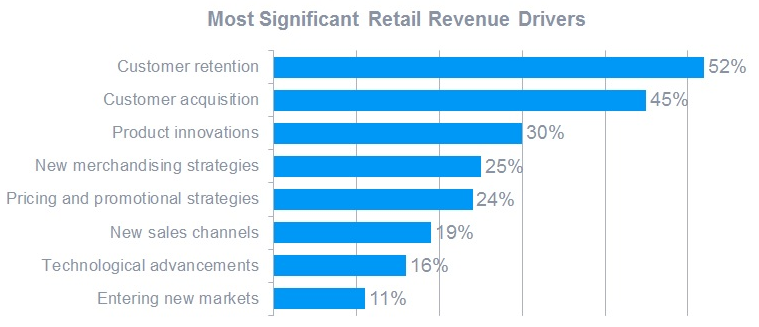
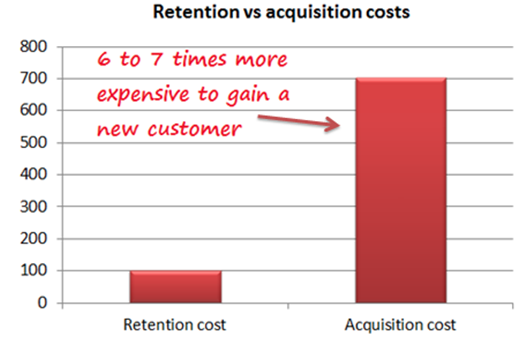
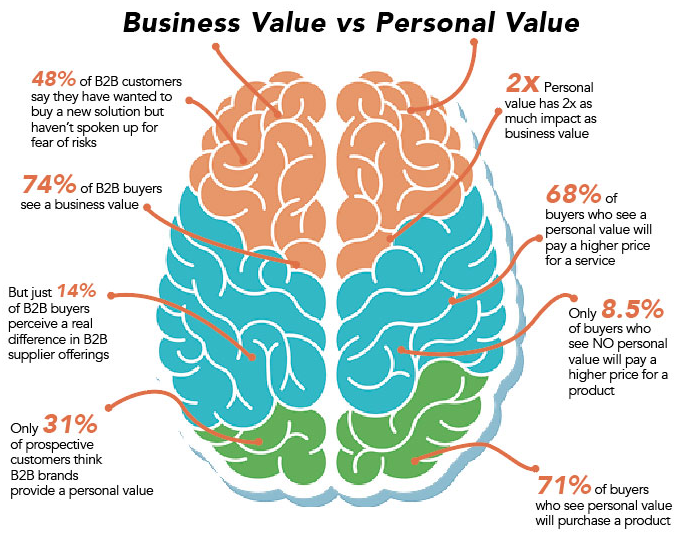
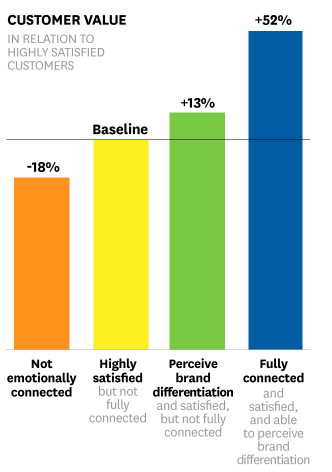








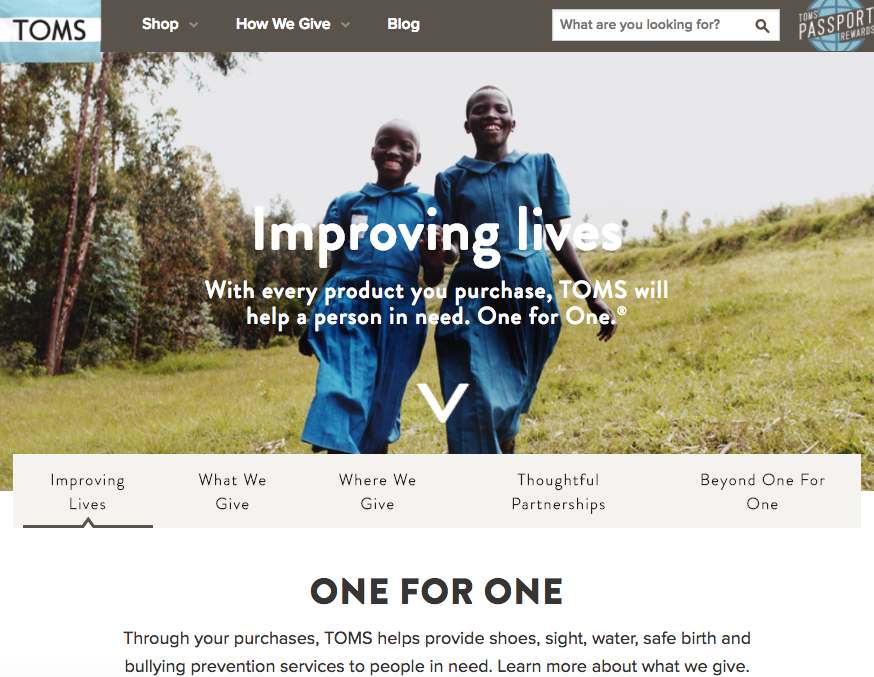


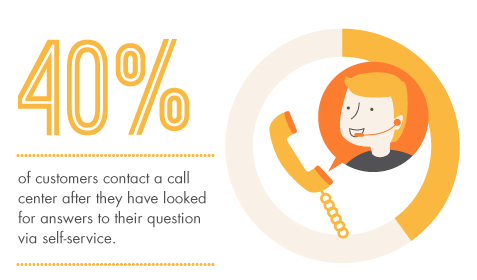
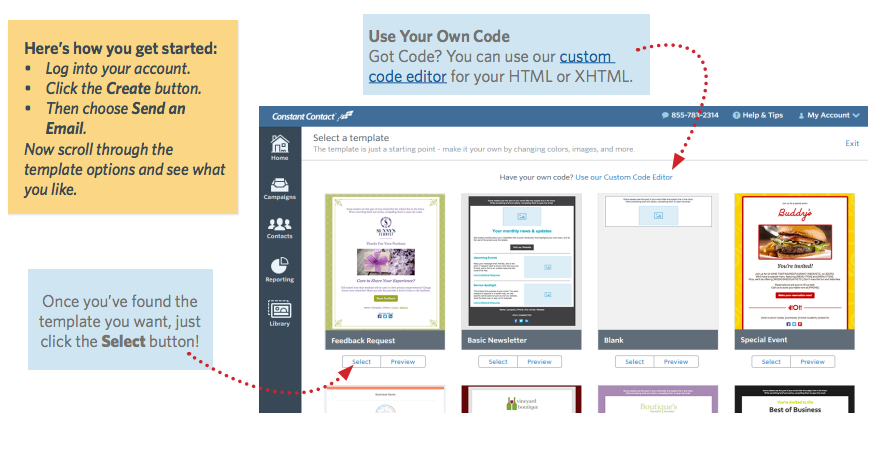
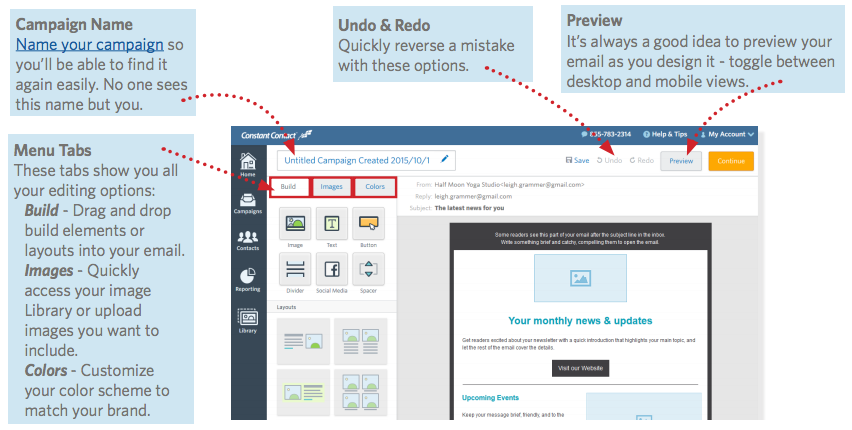

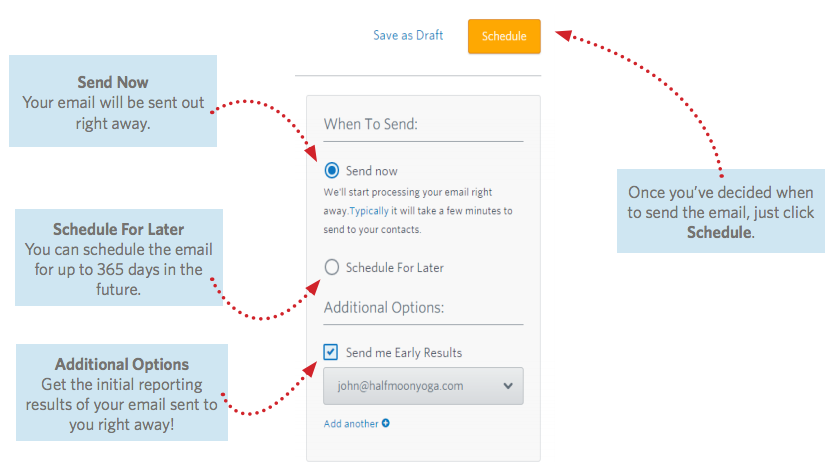
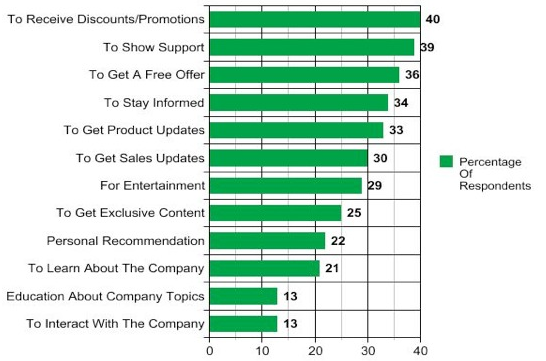


Comments (4)